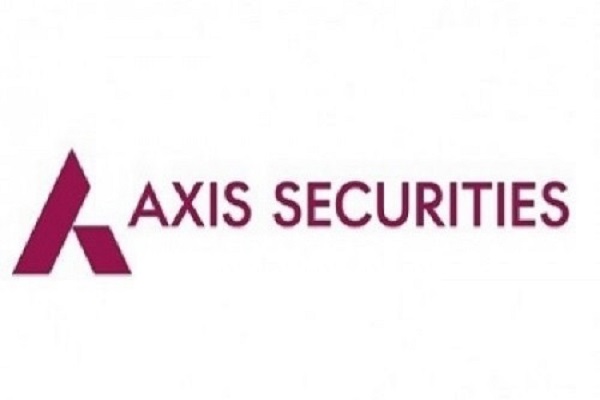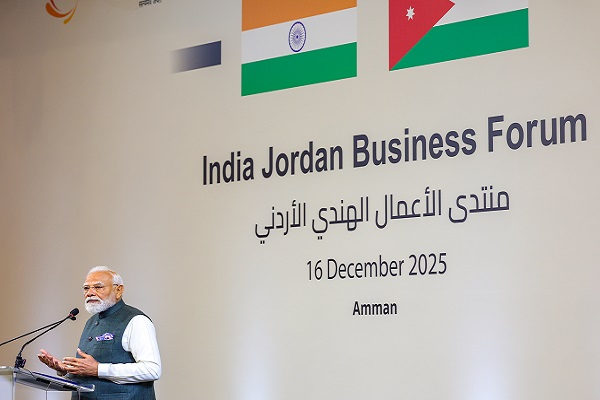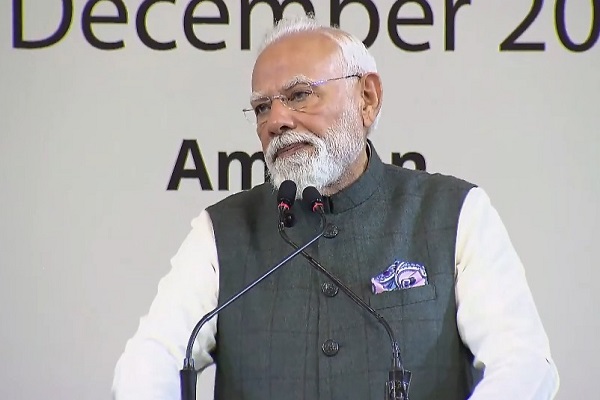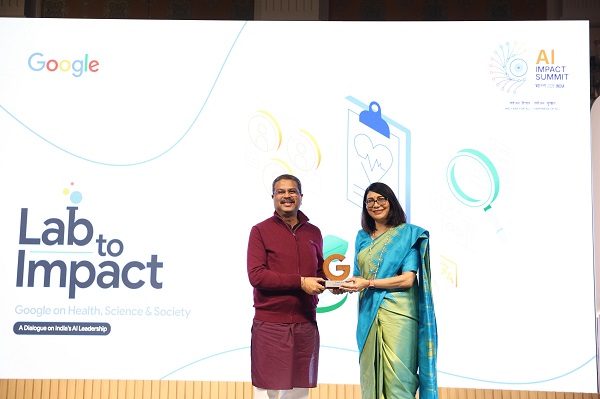Tax optimization to reduce your tax outgo by 28% | PNB MetLife
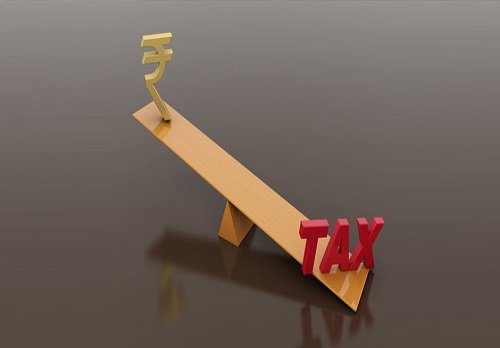
The Income Tax Act, 1961, contains many provisions that can be used for tax optimization. By knowing which provisions of the Act can help you obtain some tax relief, you can lower the burden of tax on your income significantly. There are several tax-saving investment options available in the financial market, and by choosing the right options, you can achieve the right level of tax optimization.
Among these investment options, tax-saving fixed deposits, NPS, mutual funds, and ULIPs are quite commonly preferred. Term insurance plans and life insurance policies are also excellent investment options for tax optimization. You can learn more about Life Insurance by browsing the website for the various Term Plans offered by PNB MetLife.
National Pension Scheme (NPS), in particular, can help the average taxpayer save as much as 28% on taxes. To understand these metrics better, let’s take a look at the case of Sudeep, a salaried private-sector employee who earns around 17 lakhs per annum. Here are the details of his earnings.
|
|
Particulars |
Current Figures (in rupees) |
|
1 |
Basic salary |
10,80,160 |
|
2 |
Dearness allowance (at 10% of the basic salary) |
1,08,016 |
|
3 |
Medical allowance |
3,00,000 |
|
4 |
Entertainment allowance |
2,13,920 |
|
5 |
Total income under the head salaries (A) |
17,02,096 |
|
6 |
Investment in provident fund |
80,000 |
|
7 |
Premium paid for life insurance |
50,000 |
|
8 |
Investment in NPS |
30,000 |
|
9 |
Total tax-saving investments (sum of 6 to 8) |
1,60,000 |
|
10 |
Total 80C deductions permissible (B) |
1,50,000 |
|
11 |
Total taxable income (A - B) |
15,52,096 |
|
12 |
Tax thereon |
2,78,129 |
As you can see from the details of Sudeep’s income, he has managed to maximize the deduction limit under section 80C. Nevertheless, his tax liability is greater than the basic salary he earns over the course of 3 months. In this case, a bit of tax optimization may be able to help Sudeep reduce the burden of tax liability.
Here’s a quick look at some ways in which he can save more tax.
Step 1: Reconstituting the salary structure
Currently, Sudeep’s salary includes 3 allowances (dearness, medical, and entertainment allowance), all of which are fully taxable. By rearranging the structure to include more tax-free perquisites and fewer fully taxable allowances, Sudeep’s income from salary can be reduced quite a bit.
For instance, leave travel allowance (LTA) is a perquisite that can help bring down the taxable component of his salary income. By using the LTA for funding his travel expenses and by submitting the necessary bills, Sudeep can claim the whole of the leave travel allowance (or the cost of travel, if its lower), as a deduction.
Step 2: Taking advantage of section 80CCD(2)
Here’s where investing in the National Pension Scheme can help Sudeep. This section of the Income Tax Act provides that the employer’s contribution to NPS is eligible for deduction up to 10% of the basic salary. By asking his employer to eliminate his dearness allowance and make a contribution to NPS instead, Sudeep can enjoy more tax savings.
Step 3: Make use of the provision of section 80CCD(1B)
This section allows the taxpayer to claim an additional deduction of Rs. 50,000 for investing in the National Pension Scheme. The great news is that this tax benefit is over and above the 1.5-lakh-limit proposed by section 80C. So, by investing an additional Rs. 50,000 in NPS, Sudeep can bring down his tax liability even further.
Step 4: Invest in health insurance
Section 80D allows for a maximum deduction of Rs. 25,000 on the premiums paid for purchasing health insurance for yourself, your spouse, and your kids. Even if Sudeep only opts for a policy that charges Rs. 20,000 as premium per year, he can enjoy a significant reduction in his tax burden.
Once he’s followed the above-mentioned steps for tax optimization, his tax liability can go down by as much as 28%.
Here’s a better look at his income structure after these changes.
|
|
Particulars |
Current Figures |
After tax optimization |
Comments |
|
1 |
Basic salary |
10,80,160 |
10,80,160 |
Remains unchanged |
|
2 |
Dearness allowance (at 10% of the basic salary) |
1,08,016 |
Nil |
Fully taxable allowance removed |
|
3 |
Medical allowance |
3,00,000 |
2,60,000 |
Fully taxable allowance reduced |
|
4 |
Entertainment allowance |
2,13,920 |
1,73,920 |
Fully taxable allowance reduced |
|
5 |
Leave travel allowance |
Nil |
80,000 |
Tax-free allowance added |
|
6 |
Employer's contribution to NPS u/s 80CCD(2) |
Nil |
1,08,016 |
10% of basic salary |
|
7 |
Total income under the head salaries (A) |
17,02,096 |
17,02,096 |
Salary remains unchanged overall. It has only been reconstituted to make room for more tax-free benefits. |
|
8 |
Investment in provident fund |
80,000 |
80,000 |
Remains unchanged |
|
9 |
Premium paid for life insurance |
50,000 |
50,000 |
Remains unchanged |
|
10 |
Investment in NPS |
30,000 |
30,000 |
Remains unchanged |
|
11 |
Total tax-saving investments |
1,60,000 |
1,60,000 |
|
|
12 |
Total 80C deductions permissible (B) |
1,50,000 |
1,50,000 |
|
|
13 |
Investment in NPS u/s 80CCD(1B) |
Nil |
50,000 |
Additional investment in NPS |
|
14 |
Investment in medical/health insurance u/s 80D |
Nil |
20,000 |
Additional investment in health insurance |
|
15 |
LTA deductible |
Nil |
80,000 |
This is deductible if Sudeep uses the LTA and produces the required bills |
|
16 |
Deductions u/s 80CCD(2) |
Nil |
1,08,016 |
Employer's contribution to NPS |
|
17 |
Total additional deductions after tax optimization (C) |
Nil |
2,58,016 |
Tax optimization as per the steps detailed above. |
|
18 |
Total taxable income (A – B - C) |
15,52,096 |
12,94,080 |
|
|
19 |
Tax thereon |
2,78,129 |
2,00,724 |
This reduces tax by Rs. 77,405 (or 28%) |
By following these tax optimization strategies, Sudeep can successfully reduce his taxes by around Rs. 77,000. This is nearly 28% of his tax liability prior to optimization.
The takeaway
When you earn a well-deserved hike in your salary, it may push you into the highest income tax slab, resulting in increased tax liabilities. At first glance, it may appear that there’s no relief from the steep tax rates charged on your income. However, with a little bit of research, you can bring down your tax burden significantly. Investment options like term insurance and NPS can prove to be particularly useful.
Sources:
[1] https://www.bemoneyaware.com/blog/nps-tax-benefits-and-sections-80ccd1-80ccd2-and-80ccd1b/
[2] https://www.apnaplan.com/tax-free-salary-components/
[3] https://www.paisabazaar.com/tax/taxable-benefits/
*Tax benefits are subject to conditions and other provisions of the Indian tax laws and are subject to amendments made thereto from time to time.
Disclaimer:
The aforesaid article presents the view of an independent writer who is an expert on financial and insurance matters. PNB MetLife India Insurance Co. Ltd. doesn’t influence or support views of the writer of the article in any way. The article is informative in nature and PNB MetLife and/ or the writer of the article shall not be responsible for any direct/ indirect loss or liability or medical complications incurred by the reader for taking any decisions based on the contents and information given in article. Please consult your financial advisor/ insurance advisor/ health advisor before making any decision.
PNB MetLife India Insurance Company Limited, Registered office address: Unit No. 701, 702 & 703, 7th Floor, West Wing, Raheja Towers, 26/27 M G Road, Bangalore -560001, Karnataka.
IRDAI Registration Number 117. CI No: U66010KA2001PLC028883. For more details on risk factors, terms and conditions, please read the sales brochure carefully before concluding the sale.
The marks “PNB” and “MetLife” are registered trademarks of Punjab National Bank and Metropolitan Life Insurance Company, respectively. PNB MetLife India Insurance Company Limited is a licensed user of these marks.
Call us Toll-free at 1-800-425-6969. Phone: 080-66006969, Website: www.pnbmetlife.com, Email: indiaservice@pnbmetlife.co.in or Write to us: 1st Floor, Techniplex -1, Techniplex Complex, Off Veer Savarkar Flyover, Goregaon (West), Mumbai – 400062, Maharashtra. Phone: +91-22-41790000, Fax: +91-22-41790203
AD-F/2019-20/00348
BEWARE OF SPURIOUS PHONE CALLS AND FICTIOUS /FRAUDULENT OFFERS
• IRDAI is not involved in activities like selling policies, announcing bonus or investment of premiums. Public receiving such phone calls are requested to lodge a police complaint.
